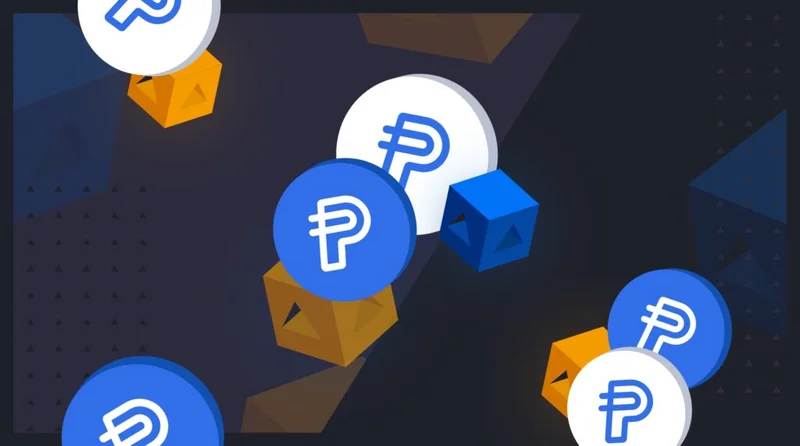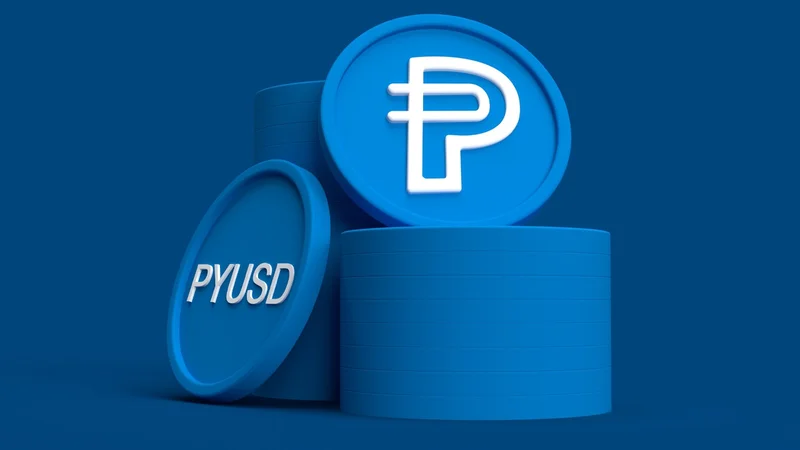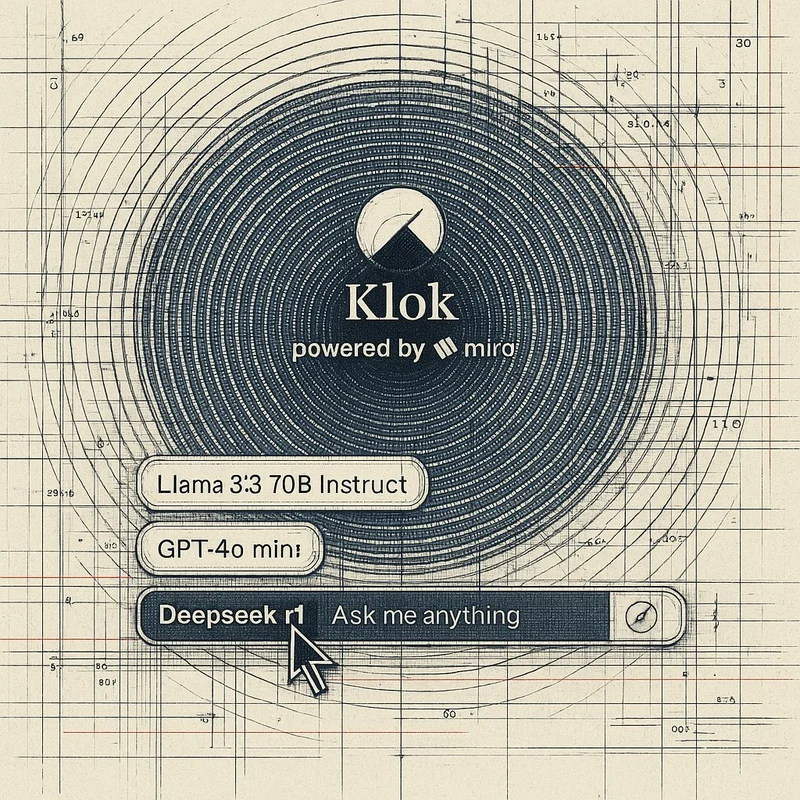A senior official at the European Central Bank has sounded the alarm: the rise of USD-pegged stablecoins could trigger a creeping “dollarization” of the Eurozone, undermining the ECB’s monetary sovereignty. It's not just headline news for finance—it’s a wake-up call for the entire blockchain space.

Alert Triggered: ECB Targets Stablecoins?
Crypto veterans, feel like you’re surfing a new digital wave every day? Recently, Jürgen Schaaf, advisor to the ECB’s Market Infrastructure and Payments division, published a blog post that read like a prophecy from a sci-fi movie. In it, he warned that if USD-backed stablecoins continue to grow unchecked, the Eurozone could face "dollarization." Sounds dramatic? For central banks, it’s an existential threat.
“Dollarization” of the Eurozone: Not Sci-Fi—ECB’s Worst Nightmare
If you’re not familiar, dollarization refers to the widespread use of the U.S. dollar in a country that doesn’t issue it—often for everyday payments, savings, and accounting. In some developing economies, the dollar is so dominant it eclipses the local currency. When that happens, the local central bank loses control: it can’t effectively influence inflation, adjust interest rates, or manage money supply. That’s exactly Schaaf’s concern: if USD stablecoins gain traction in the Eurozone, the ECB may lose its grip on key monetary tools, including rate-setting and liquidity control.
Stablecoins: The New Digital Dollar in Disguise?
So what are these stablecoins that keep central bankers up at night? In the crypto world, stablecoins are the “good kids”—tokens designed to maintain a stable value by pegging to traditional assets like the U.S. dollar or a basket of fiat currencies.
Leading the pack are Tether (USDT) and USD Coin (USDC), the go-to stablecoins globally. Their appeal lies in instant transactions, low cross-border fees, and compatibility with DeFi protocols that generate yield—essentially, digital dollars that earn while you sleep. But behind the scenes, they’re reshaping financial power structures.

A Deeper Look: Stablecoin Economics vs. Central Bank Control
How Do Stablecoins Stay Stable? Fiat, Crypto, or Code?
Stablecoins fall into three main types:
- Fiat-collateralized (e.g., USDT, USDC): Claimed to be backed 1:1 by real-world assets like U.S. dollars. Most widely trusted—but depend heavily on issuer transparency and reserve audits.
- Crypto-collateralized: Overcollateralized by crypto like ETH to offset volatility.
- Algorithmic: Use smart contracts to adjust supply and demand. However, the infamous Luna/UST collapse tanked market trust in this category.
Fiat-backed stablecoins remain dominant, especially those tied to the U.S. dollar—ironically, the very reason central banks are concerned.
Monetary Policy Breakdown: What Scares the ECB?
Picture this: everyday purchases, business invoices, even salaries—all done in USDT or USDC. What happens?
- Demand for euros shrinks.
- ECB's influence over lending, inflation, and economic cycles weakens.
- Monetary policy loses potency.
Schaaf compares this to emerging markets that lost monetary control when citizens ditched local currency for the dollar. The fear? A similar fate in Europe—without the ECB ever seeing it coming.
By the Numbers: Stablecoin Penetration in Europe
While stablecoins haven’t yet “dollarized” Europe, they’re growing fast. By early 2024, USD stablecoins had surpassed $150 billion in global market cap, with USDT and USDC dominating. Though regional data is limited, USD stablecoins are central in DeFi and Web3 across Europe.
Table 1: Snapshot of Major USD Stablecoins (As of Early 2024)
| Feature | Tether (USDT) | USD Coin (USDC) |
|---|---|---|
| Issuer | Tether Limited | Circle & Coinbase (Centre Consortium) |
| Reserve Transparency | Controversial past, improved recently | High transparency, monthly audits |
| Market Share | Largest stablecoin | Second largest |
| Main Use Cases | Exchange trading pairs, cross-border payments | DeFi, institutional payments, Web3 integrations |
| Compliance | Improving compliance | Strong regulatory alignment from early on |
| Network Support | Tron, Ethereum, Solana, BNB Chain, more | Ethereum, Solana, Avalanche, Polygon, more |
The ECB is paying attention not just to the present, but to where this is headed—rapid adoption could pose structural risks to Europe’s financial system.
Industry Insights: The Road Ahead for Stablecoins and Regulation
CBDC: The ECB’s Counterattack—or Last Resort?
The ECB isn't sitting idle. The proposed digital euro—a Central Bank Digital Currency (CBDC)—aims to offer a secure, state-backed alternative to private stablecoins.
On paper, CBDCs and stablecoins both promise digital payments with stable value. In reality, they’re worlds apart:
- CBDC = Central Bank liability (maximum trust)
- Stablecoin = Private risk, no matter the reserve quality
Will a digital euro be enough to counterbalance stablecoins? Maybe. But stablecoins’ flexibility, composability, and adoption in DeFi make them hard to replace.
Enter MiCA: Europe’s Regulatory Game-Changer
The MiCA (Markets in Crypto-Assets) regulation is the EU’s first full-stack crypto law, covering stablecoins under electronic money tokens (EMTs) and asset-referenced tokens (ARTs). It mandates licensing, capital requirements, transparency, and audits.
Ironically, strict regulation could boost the ecosystem—filtering out shady projects and giving compliant stablecoins a foothold in Europe. It might even spark the creation of euro-pegged stablecoins, reducing dependence on USD-backed ones.
Ripple Effects: Staking & Decentralized Compute Power
1. Staking: USD Dominance in DeFi
Most DeFi protocols run on USD stablecoins. If Eurozone users continue to favor USDT/USDC for staking, borrowing, or yield farming, European-native DeFi projects will struggle to gain traction. Long term, this exposes European users to USD-centric financial risks.
2. Decentralized Compute: Cross-Currency Friction
Projects like Filecoin, Render Network, and Akash Network rely on stablecoins for settlement. If USD stablecoins dominate Europe:
- Currency conversion becomes a hassle for euro-based node operators.
- USD issuers gain power over decentralized infrastructure globally.
- Euro-based payment innovations may stagnate due to low demand.
Yet this isn’t irreversible—promoting a digital euro or euro-denominated stablecoins could rebalance the system.
Building Bridges: Can Policymakers and the Crypto Community Work Together?
Stablecoins: From “Wild Child” to “Model Citizen”?
The ECB’s alert is a reality check for the crypto world. Innovation can’t come at the expense of financial stability. Stablecoins won’t disappear—but they must evolve: more transparent, more compliant, and potentially coexisting with CBDCs in a layered digital currency ecosystem.
This is not the end of stablecoins—it’s a milestone in their maturation. Blockchain isn't just tech—it’s economic philosophy. And only through honest dialogue between policymakers and builders can we chart a path to a truly decentralized, global financial future.
FAQ
Q: Why is the ECB so worried about “dollarization”?
A: Dollarization weakens the ECB’s control over interest rates, inflation, and monetary policy. If USDT or USDC are widely used in the Eurozone, the ECB’s tools to manage the euro lose effectiveness—potentially destabilizing the economy.
Q: How does MiCA affect stablecoins?
A: MiCA enforces licensing, capital, and audit requirements for stablecoin issuers, improving trust and safety. It aims to protect consumers and stabilize the broader financial system.
Q: Is the rise of stablecoins good or bad for DeFi and Web3?
A: Both. Pros: Stablecoins enable efficient, low-volatility transactions and fuel DeFi growth. Cons: Over-reliance on USD stablecoins sidelines non-dollar assets like the euro and may prompt stricter regulation, reducing innovation diversity in Web3.
Related Articles

What Network Is PYUSD on PayPal? Here's Why Stellar Is a Game-Changer
Imagine your U.S. dollars moving as fast as a text message—with transaction fees so low, they’re practically free. That’s the promise behind PayPal’s stablecoin, PYUSD, which is now preparing to launc
August 2, 2025
PayPal Drops the Mic: Your Digital "Pocket Change" Can Finally Buy Coffee!
Hey there, crypto OGs and all you “should-I-or-shouldn’t-I” noobs still standing at the edge of the blockchain rabbit hole—ready for some big news? Your go-to online payment giant, PayPal, has finally
August 2, 2025
What is GOKU ON BONK? Exploring the Rising Solana Meme Coin $BONKU
A new meme coin named GOKU ON BONK ($BONKU) has recently emerged within the Solana ecosystem. Launched on July 30, 2025, this playful digital token has already reached a market valuation of approximat
July 31, 2025
How to Join Klok? Beginner’s Guide + Tips to Earn More Tokens Fast
Klok is an innovative app where chatting with AI models isn't just fun — it's also rewarding. By interacting with AI, you earn Mira Points, which may be converted into crypto tokens or unlock special
July 30, 2025
Klok: Ushering in a New Era of Decentralized AI Chat — Can Users Truly Chat-to-Earn?
The launch of Klok marks a pivotal moment in the evolution of decentralized AI chat applications. Built on the robust infrastructure of Mira Network, Klok introduces an innovative "Chat-to-Earn" model
July 30, 2025
